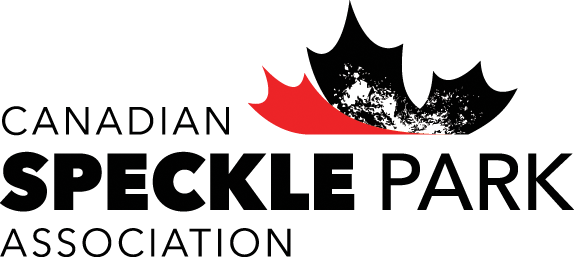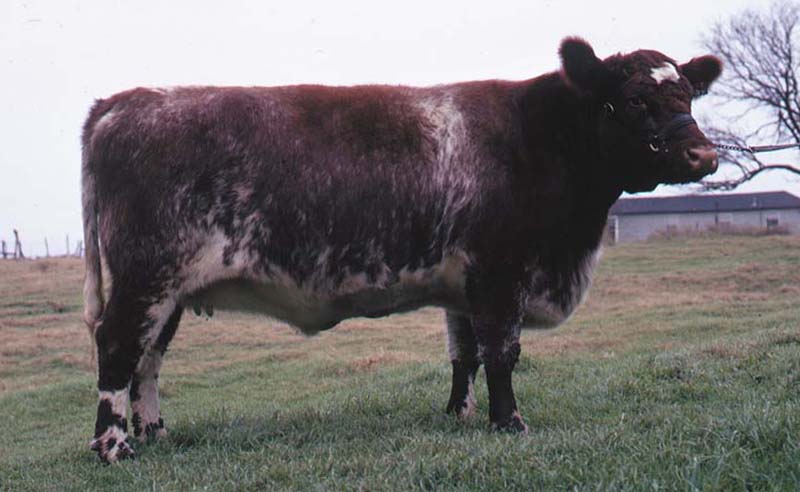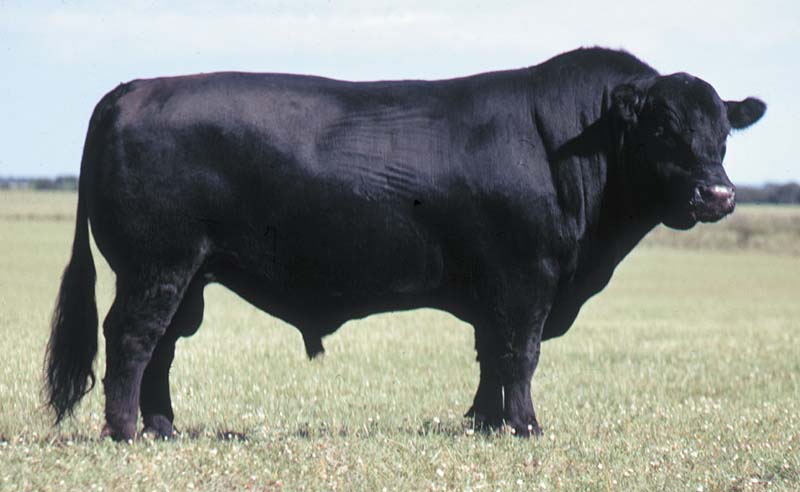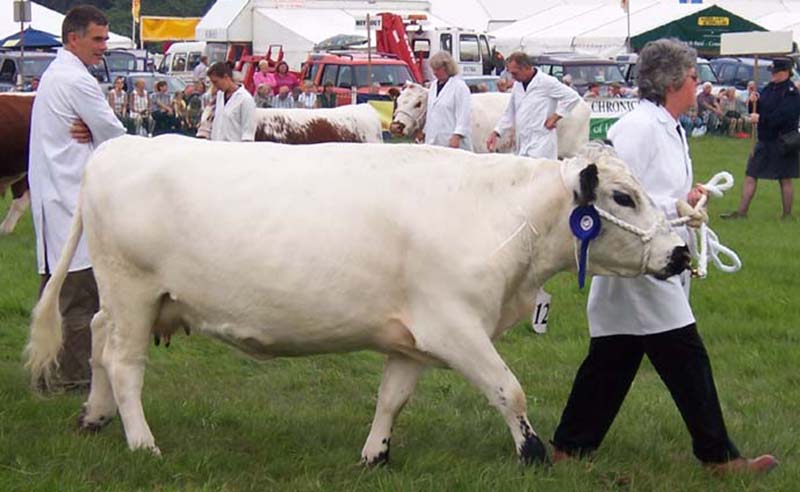The History of Speckle Park
Speckle Park are Canadian! Speckle Park had their beginning in the province of Saskatchewan, Canada – a first for Saskatchewan. Their development took place in Alberta and
Saskatchewan along the Yellow Head Highway between North Battleford, Saskatchewan and Spruce Grove, Alberta. Speckle Park were only the second breed of beef cattle in Canada
to be granted distinct breed status.
Speckle Park cattle are known for their high-quality carcass, efficient feed conversion and their meat quality. Loyal to their baseline heritage, Aberdeen Angus,
Teeswater Shorthorn and White Park, Speckle Park cattle offer a new and balanced approach to genetic improvement on behalf of the global purebred cattle sector,
especially at the feedlot.
What are they genetically?
Speckle Park are a combination of the genetics of three breeds from England and Scotland:
- Teeswater Shorthorn
- Aberdeen Angus
- English cattle with the white park pattern
What’s in a name?
Speckle Park were named just that by Bill and Eileen Lamont. Both parts of the name refer to the colour pattern. “Speckle” was obvious because of the spots
on the rear quarters and throughout; and “Park” because some of the Speckle Park display the white park colour pattern of a white body with coloured points about
the ears, eyes, muzzle, lower legs and teats.
The singular Speckle Park is used as a collective noun for the plural, so that whether you have one or a hundred, you will have Speckle Park.
Who started them and where?
In 1959, when Eileen and Bill Lamont of Maidstone, Saskatchewan, bought their first speckled heifer
from Mary Lindsay of Greenstreet, Saskatchewan.
The Lamonts were breeders of Appaloosa horses and Angus cattle, and thought the cattle would go well with their herds. The idea of developing a breed came later.
A monument at the side of the Yellowhead Highway at Maidstone, Saskatchewan pays tribute to the Lamonts for their role in starting Speckle Park.
Mary Lindsay had spotted a red roan heifer in her father’s herd a few years before and she bought the heifer. This heifer came to be a cow that always produced that
colour pattern regardless of the sire. It is believed that the heifer was a descendent of a Teeswater Shorthorn and a bull which had the white park colour pattern.
The Lamonts crossed their speckled cows with black Angus bulls. Lamonts also ranched in a district of Saskatchewan which at that time restricted ranchers from
keeping any intact bulls other than purebreds. Even though sired by Angus bulls, the resulting offspring came in a variety of colour patterns, some white with black
points, some leopard coloured and some black sided with speckled hips, white top and underline and roan faces. The Lamonts grew very interested in their Speckle Park and
decided to attempt to develop a new breed.
How long has this all taken?
Interest in the cattle grew, not only with cattlemen but also the press. A trio of Speckle Park steers made the trip to the Royal Winter Fair in Toronto in 1972.
They were featured in Case International Publications under a section on “Minority Breeds in Canada.” Around 1983 Lloyd Pickard, a cattle promoter and Angus breeder
from Alberta, included a few pages about the Speckle Park in his book “100 Years of Angus in Canada.”
In 1985 Speckle Park breeders representing nine different herds met to form The Speckle Park Breeders Association. The Association was subsequently renamed
The Canadian Speckle Park Association.
In 1993 Agriculture Canada granted approval for the Canadian Speckle Park Association to become incorporated under the terms of the Canadian Animal Pedigree
Act for the purpose developing Speckle Park cattle as an evolving breed. On Feb. 14, 1995, ministerial approval was granted for the Canadian Speckle Park
Association’s first set of by-laws.
On July 6, 2006, the Canadian Speckle Park Association’s Articles of Incorporation were amended to the effect that Speckle Park became a distinct breed of
purebred cattle according to the terms of the Canadian Animal Pedigree Act. A few days later the carcass of another Speckle Park steer was awarded the
championship at a major all-breed carcass competition in Calgary, Alberta. [Read more]
“A Balanced Breed with A Colour Bonus”
The aim was to breed and develop a middle of the road, medium sized, polled, good beef animal.
Thus was born a phrase often attached to the breed “A Balanced Breed with A Colour Bonus.” The colour patterns of Speckle Park are
distinctive and certainly catch one’s eye. Their merits as beef cattle will ensure their sustainability as a distinct breed.





